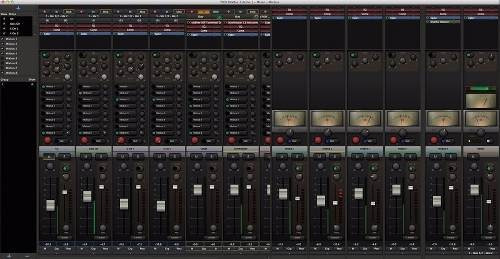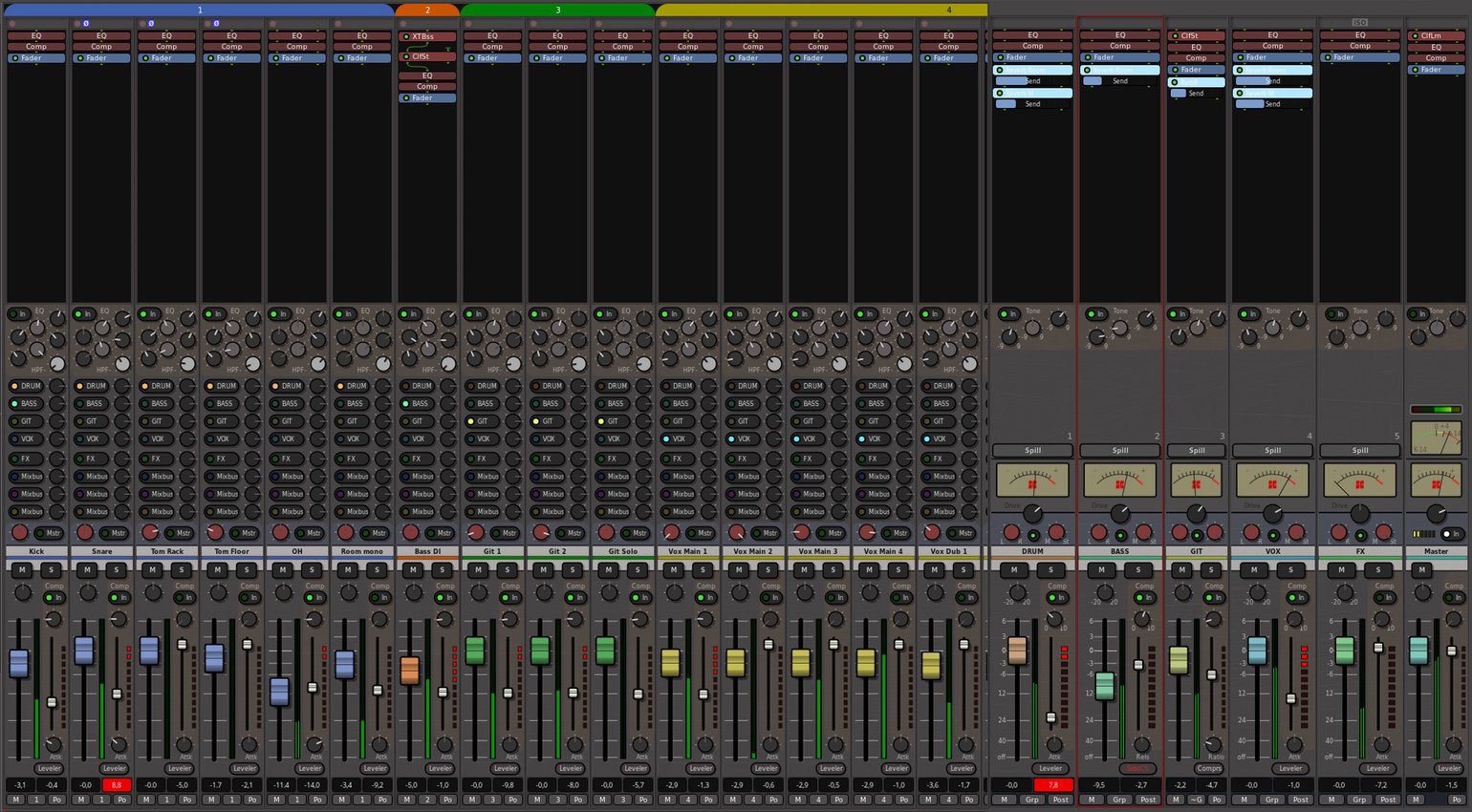

These days, my go-to mix bus compressor is Sonnox’s Oxford Dynamics (designed by Paul Frindle, who built the original SSL bus compressor). There are lots of great emulations of this compressor, but my favorite is Slate’s FG-Grey (part of their Virtual Bus Compressors package). It’s got a bright, snappy sound that pairs well with most modern genres. You can’t go wrong with an SSL-style bus compressor. If you really want to hear the compression working, more may be appropriate. How much gain reduction should I aim for?ġ – 2 dB is usually plenty. Higher ratios are more aggressive, and may be more appropriate when you really want to hear the compression.Ģ:1 is a great place to start. Lower ratios are more transparent, and tend to work on most material. If you’ve set it right, the needle should bounce in time with the beat of the track.Īuto-release can work well on material with complex dynamics (solo instruments, music that lacks a steady beat), where it may be difficult to find a static release time that works for the whole song. With the track playing, adjust the release time so that the gain reduction meter just barely returns to 0 before the next downbeat. Tip: Your compressor’s gain reduction meters can help you find the right release time. This type of setting often works well for high-energy rock tracks.īy timing your release to the tempo of the track, your mix bus compressor will pump in time with the beat and enhance the groove. This approach works well for tracks with a prominent, consistent beat (think four-on-the-floor-style EDM). Set it as fast as possible without distortionĪ fast release time will maximize loudness and add density by bringing up the lower-level details of your mix. Then dial the attack back a bit, and you’re set! How do I set the release time?ġ. With your mix playing, speed up the attack time until you notice that the snare starts to lose its punch. First, set the attack as slow as possible. Tip: Since the snare is often the loudest transient sound in your mix, you can use it to help you set your mix bus compressor’s attack time. If the attack time is too slow, the compressor won’t respond properly to the dynamics of your mix, and it will be rendered ineffective. This tends to works well for most pop music. Slower attack times will accentuate transients, adding punch and impact to your mix. If the attack time is too fast, you’ll lose punch and impact, and your mix will sound soft and distant. How do I set the attack time?Ī faster attack will round off transients and give you a smoother, more controlled sound. You can be bolder with fader rides, as the bus compressor will push back a bit and reign in your moves. You may find you need less compression on individual tracks. Mixes will tend to come together and gel more quickly. It’s important to note that mixing through a compressor feels different than mixing without one. If the level into your mix bus changes significantly, you may have to readjust the compressor’s threshold. This way, all of your mix decisions will be influenced by the sound of the compressor, and you’ll avoid surprises at the end of the mix. Try this – after you establish rough balances, pop it in and leave it on. My recommendation: the earlier on, the better. If you add a bus compressor near the end of a mix, you’ll risk ruining the balances you’ve carefully crafted. When should I add the mix bus compressor? But if you’re aiming for maximum punch and separation (hip hop mixers, listen up), you may get better results without it.

If you’re going for “wall-of-sound” (think Kings Of Leon), mix bus compression can help you get there. And with the right release time, mix bus compression can also enhance the groove by pumping in time with the beat. It can help glue tracks together and make them sound like they exist in the same space. Mix bus compression can make a mix feel more unified and cohesive. Click here for my 5 favorite mix bus compressor plugins.


 0 kommentar(er)
0 kommentar(er)
